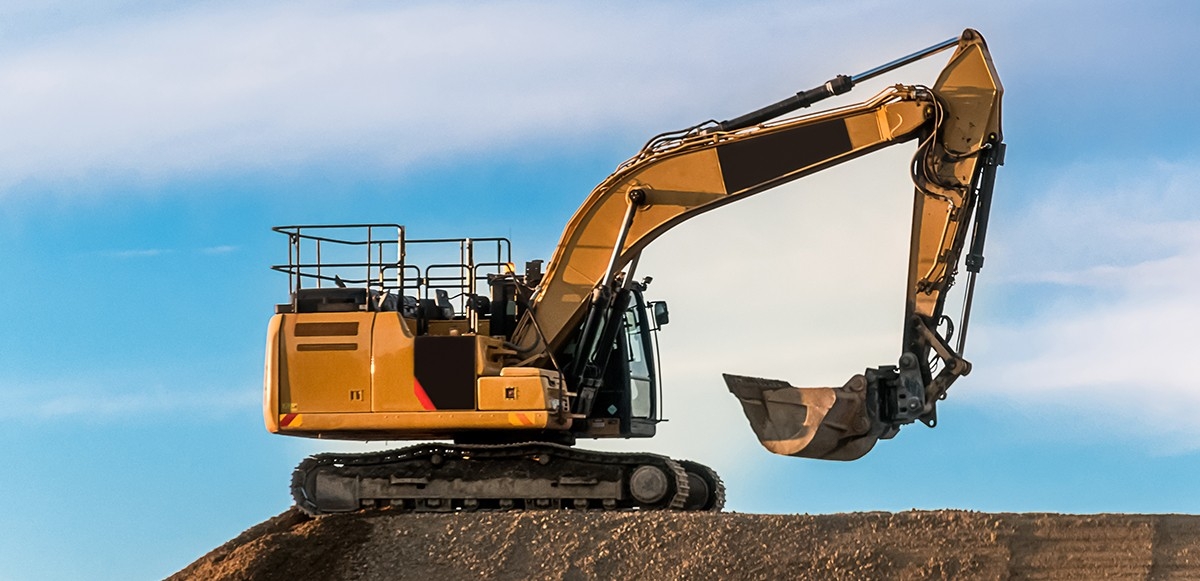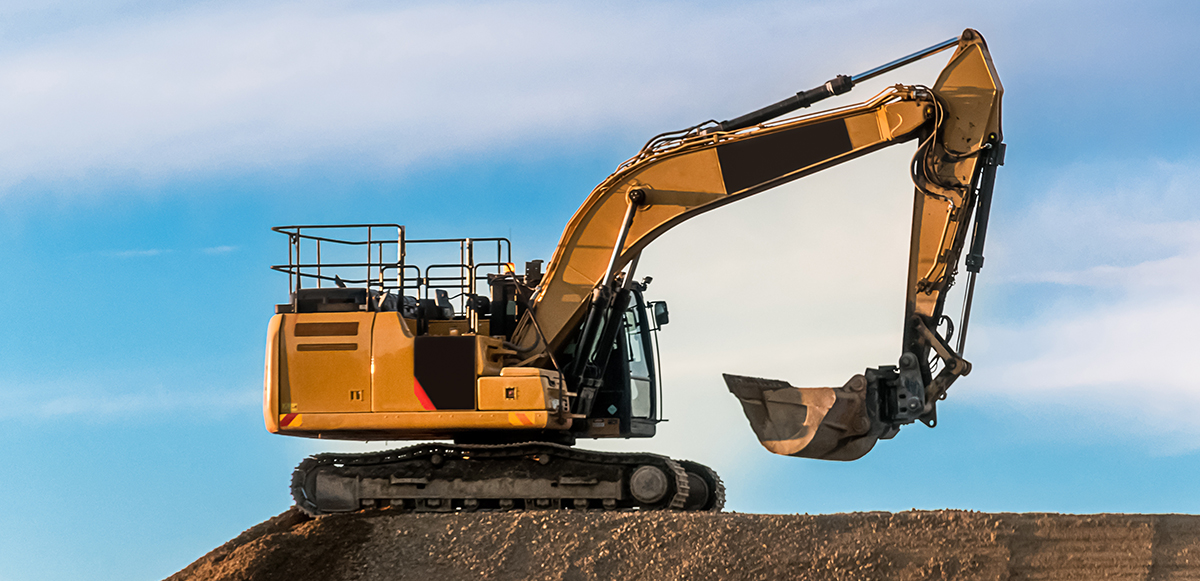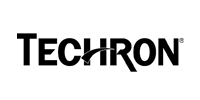Learn the best ways to reduce friction


Before understanding the best ways to reduce friction, it’s important to comprehend lubrication, which is part of a broader discipline called tribology, the science and engineering of relating surfaces in relative motion. Tribology can be signified as a triad of interrelating factors namely friction, wear, and lubricant
Defining friction
When two surfaces are moving against each other, the asperities come into contact and interlink, producing resistance. At times, they can even fuse with each other. Friction can be termed as the resistance to the relative motion of contacting surfaces. It increases wear on equipment parts, reducing the life of the part and the machine, while also increasing the amount of energy needed to operate equipment and creating wasted heat.
Defining wear
After friction, wear occurrence is the second most vital factor in tribology. Wear is the loss of surface materials to solid friction contact between two surfaces. This results in harm to the equipment surface, diminished operating efficiency, heat generation, power loss, and shorter equipment life and failure.
Ways to reduce friction
Reduction of friction and wear is necessary to achieve greater equipment operating efficiency, extend equipment life and minimize equipment maintenance. Proper lubrication is the tool for achieving optimum control of friction and wear.The best way to reduce friction is by understanding how lubrication can reduce friction and wear.
Adhesive wear
The lubricant film can greatly reduce adhesive wear. However, to be fully effective, it must be of the correct viscosity to provide ample film thickness and contain the required additive chemistry to provide effective surface protection.
Fatigue wear
The correct lubricant viscosity is essential to control fatigue wear. Component life is mainly influenced by the component metallurgy, but it can also be impacted by load and oil impurities such as moisture. Choosing the right lubricant viscosity and keeping the oil dry can enhance the life of a component.
Abrasive wear
The principal way to reduce abrasive wear is to ensure that the lubricant is clean and free of harmful particles. This requires attention to filtration and control of contaminants in the lubricant entering the system. One of the three types of wear, abrasive wear is the most common form of wear generally experienced.





























